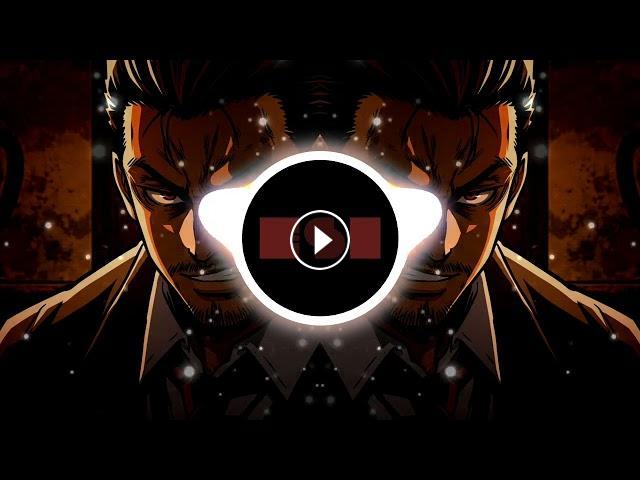Mafia | Riddim Dubstep 2025 [No Copyright Music]
@RiddimeSI [No Copyright Music]
Dubstep riddim, often just called riddim, is a subgenre of dubstep that emphasizes minimalistic, repetitive, and heavily syncopated rhythms—with a distinct focus on wobbly basslines and off-beat patterns.
Emerged in the early 2010s, as an offshoot of traditional UK dubstep.
Influenced by reggae/dancehall riddims, which explains the name "riddim"—originally meaning the instrumental part of a reggae track.
Repetitive bass patterns: Usually made with metallic, robotic-sounding basses called "wubs" or "growls."
Minimalist drops: Focused more on groove and rhythm than melodic variety.
Swing-heavy drums: Off-kilter hi-hats and snare patterns that give it a unique bounce.
Low tempo: Generally around 140 BPM, like traditional dubstep.
It’s popular in EDM bass music scenes, especially among fans who enjoy headbanging, moshing, and bass-heavy live shows.
@DubstepuNk
@DubstepNation
@DubstepeSI
@RiddimDubstep
@DubstepGutter
@RiddimeSI [No Copyright Music]
Dubstep riddim, often just called riddim, is a subgenre of dubstep that emphasizes minimalistic, repetitive, and heavily syncopated rhythms—with a distinct focus on wobbly basslines and off-beat patterns.
Emerged in the early 2010s, as an offshoot of traditional UK dubstep.
Influenced by reggae/dancehall riddims, which explains the name "riddim"—originally meaning the instrumental part of a reggae track.
Repetitive bass patterns: Usually made with metallic, robotic-sounding basses called "wubs" or "growls."
Minimalist drops: Focused more on groove and rhythm than melodic variety.
Swing-heavy drums: Off-kilter hi-hats and snare patterns that give it a unique bounce.
Low tempo: Generally around 140 BPM, like traditional dubstep.
It’s popular in EDM bass music scenes, especially among fans who enjoy headbanging, moshing, and bass-heavy live shows.
@DubstepuNk
@DubstepNation
@DubstepeSI
@RiddimDubstep
@DubstepGutter
Be the first to comment


![Country Music by Keez Production [No Copyright Music] 2025 / Red Clay](https://videoasis.com.br/templates/apollo/img/echo-lzld.png)
